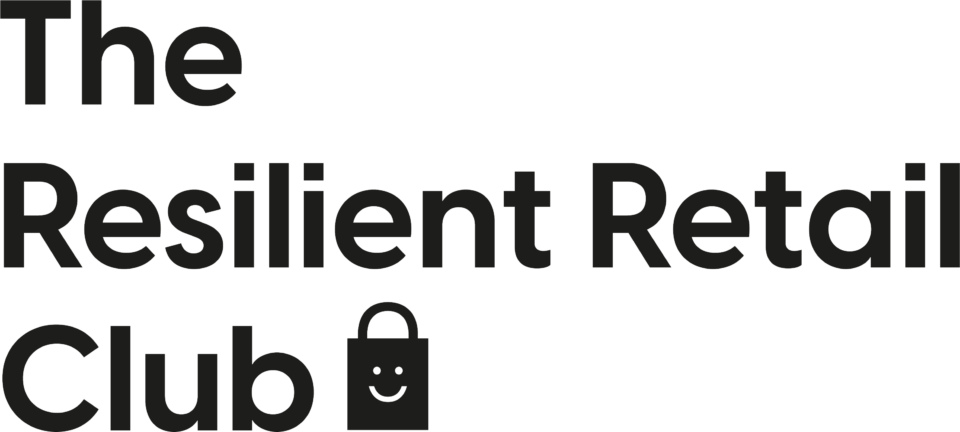Having a good grip of what your website conversion rates are is key to running your product business and there is a clear and straightforward way of projecting this and especially so for your online shop sales.
1. The website conversion rate formula
The conversion rate of a website is measured by taking the number of sales and dividing it by the number of visitors. Therefore, if 100 people visit your website, and 3 people buy, then your conversion rate is 3% (3 divided by 100). Conversion rate is an important metric to track as it helps understand how well the website is doing the job of converting visitors into buyers.
2. The conversion reality
When I ran my The Resilient Retail Product Business Survey with 300 small businesses the biggest primary sales channel for 44% of people was their own website, with Etsy as the next most common primary channel. It was really positive to see how many businesses are selling through their own website as their primary source of revenue. I then asked out about their conversion rates of website sales.
Nearly a third of the respondents did not know their conversion rate, but of those that did, around half had conversion rates of under 2%, and about half were over 2%. 14.9% of all respondents had a conversion rate of over 4%, a great goal for small businesses to aim for. A website that converts well is a huge asset.
One of the most commonly mentioned statistics in relation to e commerce is that 2% is the typical conversion rate for online sellers. It was interesting to see from the respondents to the survey that a lot of them were broadly in line with this statistic.
3. Average Order Value
The average order value, or basket size, is another important metric for businesses to track. It is the measure of how much each customer spends when they come to your website. For example, if you generated £500 of sales across 10 transactions, your average order value would be £50 (£500 divided by 10).
Tracking the average order value over time can help you see the impact of any work you are doing in your business to improve this number (for example, offering additional complementary products as suggestions).
My survey results showed that over one third of businesses had an average order value of under £25, and nearly a third were in the £25-40 bracket. Only 4% of businesses were over £150 as an average order value.
These results were a little lower than I expected, I was expecting more businesses to be in the £40 – 75 bracket, especially as I had previously seen benchmarks for the industry as a whole that were around £70 an order. It’s definitely something for small businesses to consider and monitor as they look to grow sales.
4. Conversion rate by age of business
I wanted to dig into the conversion rates in more detail to see if I could see any specific patterns that would give better insight into how to improve conversion rates. One of the factors that I looked into was whether or not conversion, like overall turnover, was something that improved over time.
When I ran the conversion rate against the age of the business, it was clear that the percentage experiencing the lowest (under 1%) conversion rates dropped over time, from 27% in their first year, to 11% over 5 years old. Equally, the percentage with the highest (over 4%) conversion rates grew with the age of the business.
It’s hard to tell why exactly this would be the case, but it seems likely that conversion rates improve over time due to more returning customers, and the business becomes more well known by the people visiting. It’s also a good reminder that conversion rates are something to monitor – the most successful businesses are those that continually experiment improving conversion.
5. Conversion rate by Average Order Value
The other theory that I wanted to test regarding conversion rates was how they related to the average order value of a business. Anecdotally, I’ve often observed that businesses selling high priced products tend to have lower conversion rates.
Average order value is not a perfect indicator of the price of products, as if you sell multiple lower priced products then you will have a higher average order value, but I thought it would be useful to see if businesses who had a higher average spend also had lower conversion rates.
The data was interesting, although not entirely conclusive. Businesses with less than a £10 average order value had the highest % of high (> 4%) conversion rates, and the businesses with the highest average order value of over £150 had the highest % of the lowest conversion rates (< 1%). Equally though, each average order bracket had a mix of businesses with varying conversion rates.
If you enjoyed this blog post take a look at my Forbes article ‘4 Minutes Or Less – What Do Customers Expect During Online Check-Out?‘.









